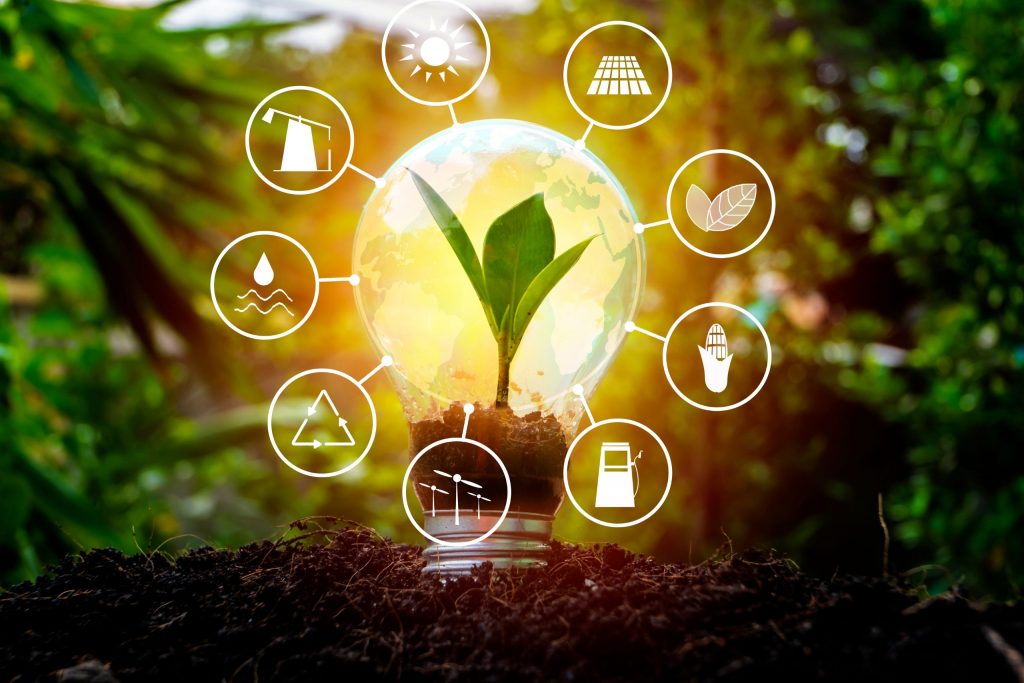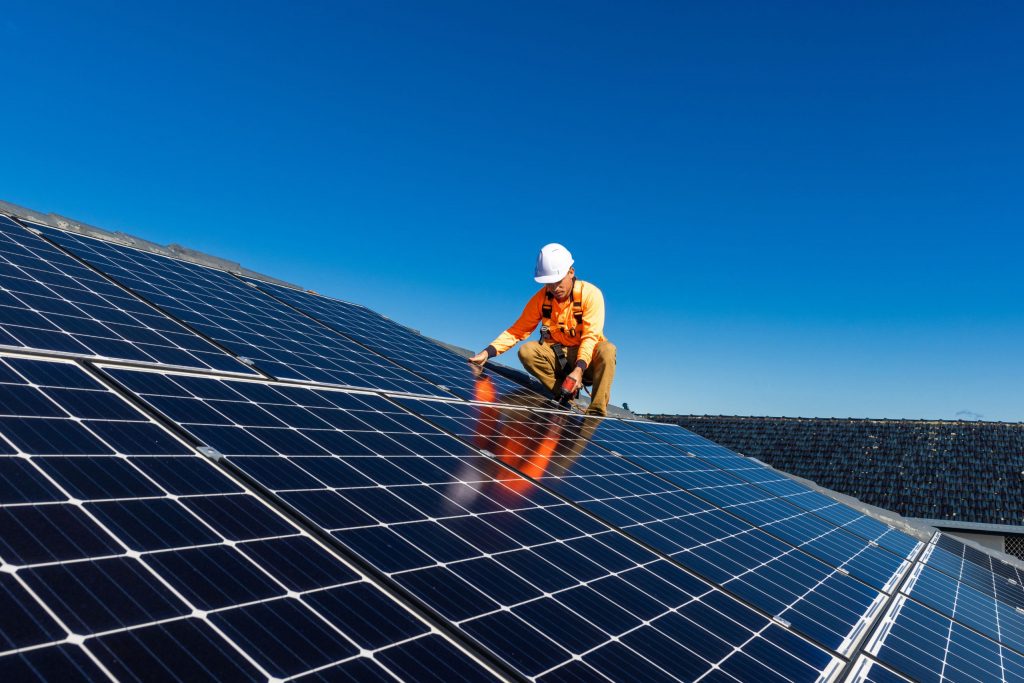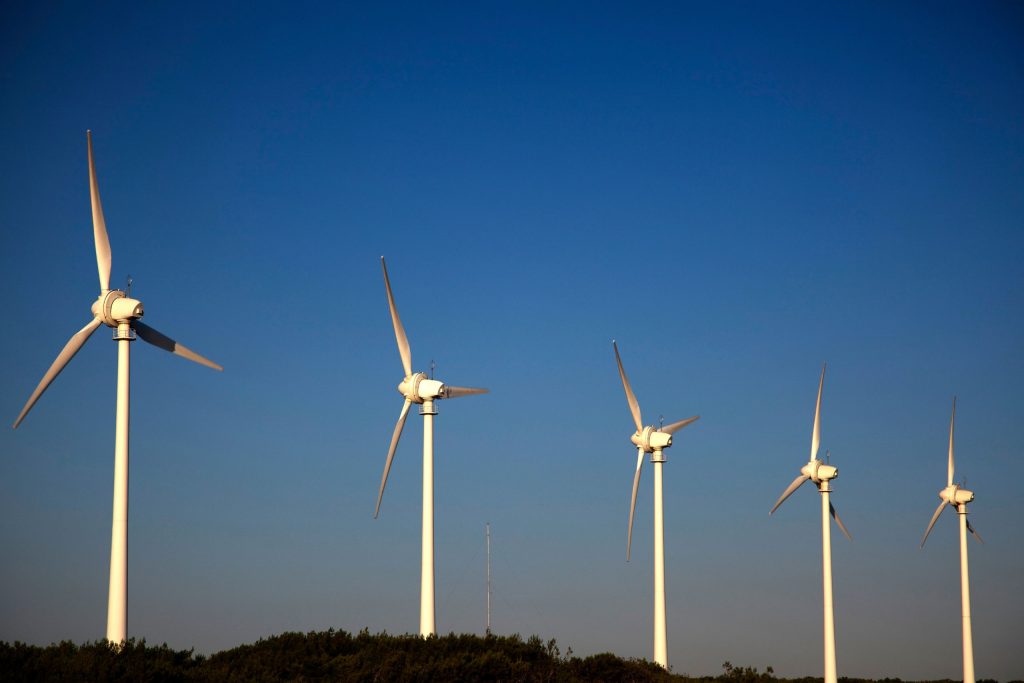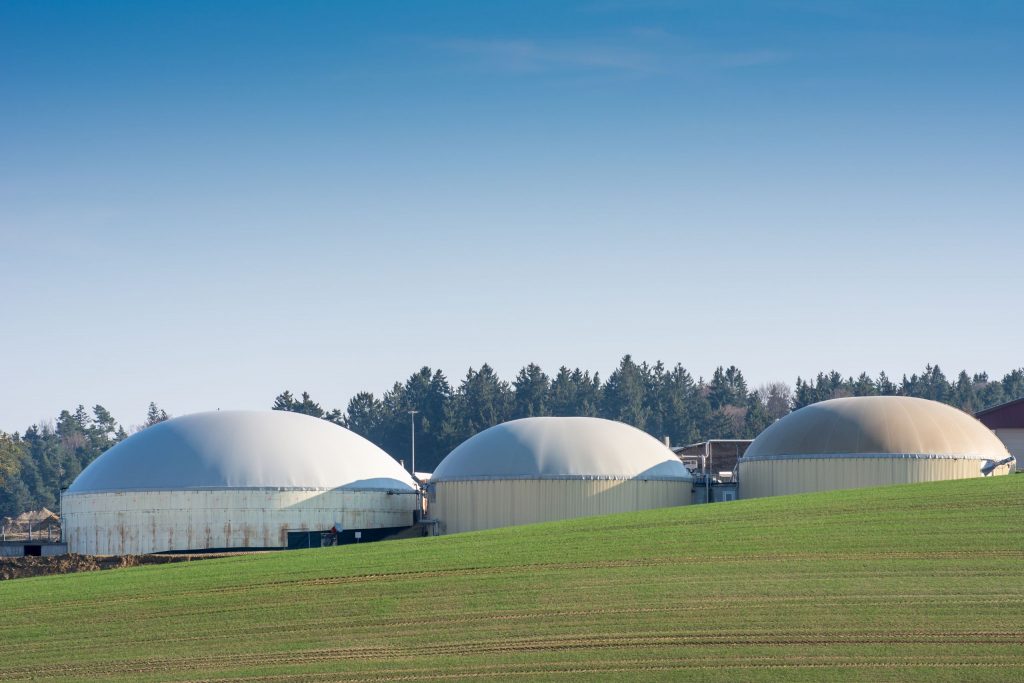The Future Of Renewable Energy: Cutting-Edge Technologies Shaping Tomorrow

The global change toward renewable energy is a required response to the urgent requirement for sustainable development and the declining carbon emissions. Using solar, wind, and hydroelectric power makes logical given the heretofore unheard-of challenges of climate change. By means of improved energy security and green employment, this change not only promises to slow down environmental harm but also stimulates economic growth. It is difficult to overestimate the importance of innovation in renewable technologies since advancements in efficiency, storage, and integration technologies will be very vital as energy needs keep growing. Creative concepts define maximum energy production and reliability, so renewable sources become cornerstone in global energy systems. Coordinated study and action will help the green energy sector not only meet current energy needs but also make the world a better place to live and work. Putting an emphasis on clean energy solutions will ensure a better future for future children and is a great way to start meeting international climate goals.
Solar Advancements: Beyond Traditional Panels
New solar technologies offer better efficiency and lower production costs, which will change the way solar energy is used. Perovskite solar cells are especially innovative because they are cheaper to make than silicon-based panels and are much better at turning light into electricity. This change could speed up the acceptance of solar energy around the world.
Solar skins are another interesting new technology that makes solar solutions that look good and can be made to fit different sizes. Because they look so good on roofs, these creative panels are liked by homes who care about both looks and environment. Clear solar panels also open up new ways to incorporate solar technology into building facades and windows, turning buildings into assets that generate energy.
Solar power is easy to get and reliable, which helps the growth of solar energy storage systems even more. Modern battery technologies let businesses and homes store extra energy that is made when it’s warm outside. This way, they can use it when the sun isn’t out, too. Together, these advances in solar technology not only make it more energy-efficient, but they also make it possible to use solar energy for more things, making the future more safe and energy-independent.

Wind Power Innovations: Floating and Vertical Turbines
Floating wind farms are a big step forward in the use of sustainable energy. You could find these creative buildings in deep ocean seas, where the wind blows faster and more steadily than near the shore. Using moving platforms lets engineers collect wind energy in places that were thought to be bad for it before. This makes it more likely that large-scale wind power will be possible.
Vertical-axis wind turbines (VAWTs) are becoming popular in urban areas and smaller places. Because of how they’re made, they can catch wind effectively no matter which way the wind is blowing. This makes them great for places with a lot of people. For VAWTs, installing them in places where regular horizontal-axis turbines wouldn’t work, like on buildings, is possible because they take up less space.
Advanced turbine designs, such as wider rotors and better airflow for the blades, are also collecting a lot more energy and working much more efficiently. These changes make it cheaper to make wind energy and raise the amount of power that can be made. Adding more vertical-axis windmills and floating wind farms makes wind energy more practical and flexible, which helps the world reach its environmental goals. Considering more chances for the development of renewable energy, wind power innovation seems bright.

Bioenergy and Waste-to-Energy Conversion
Especially in the transformation of organic waste into sustainable energy, bioenergy has developed lately rather rapidly. This idea offers a sustainable waste management solution even as it reduces greenhouse gas emissions. Leading this technology are waste-to—energy plants using many methods to generate electricity from municipal solid trash. These facilities burn waste to not only generate power but also help to reduce the quantity of rubbish carried to landfills.
Anaerobic digestion is also another interesting bioenergy source. Microorganisms break down organic products in this method in an oxygen-free environment to produce biogas perhaps utilized for energy. With the right care, this method can turn trash, sewage, and food waste that would have been thrown away into green energy sources that can be used.
Plants that turn trash into power and processes that break down food without oxygen both help to build a cycle economy because they reuse more resources and hurt the environment less. Bioenergy innovations not only make clean energy, but they also help make trash disposal ways that are better for the earth. This is how to make the future better and safer.

Emerging Storage Solutions: The Battery Revolution
New battery technologies changing the energy picture include solid-state batteries and lithium-sulfur batteries. While maybe double the capacity of ordinary lithium-ion batteries, solid-state batteries increase energy density and safety using a solid electrolyte. Extended lifespan of consumer devices and electric autos has great advantages. On the other hand, improved energy densities and less production expenses promise from lithium-sulfur batteries. Their higher energy per weight makes them desirable for numerous purposes, including airborne and electric transportation.
Grid-scale storage solutions include flow batteries and pumped hydro storage are very vital for stabilizing renewable energy sources. Perfect for handling intermittent renewable energy sources like solar and wind, flow batteries allow their capacity to decouple power and energy capacities, hence allowing rapid scalability and extended discharge periods. The most advanced kind of grid energy storage—pumped hydro storage effectively balances supply and demand—using gravitational potential energy.
Energy storage is very essential for ensuring continuous availability of renewable energy as it also helps to level off oscillations and deliver a consistent energy source. Taken together, these advances are directing the transformation toward a future in sustainable energy.

Conclusion
Rising technologies that solve current problems and improve efficiency will drive the bright future of renewable energy. Making renewable energy sources more available and trustworthy depends critically on innovations like better solar panels, wind turbine advancements, and energy storage options. These developments not only help to lessen dependency on fossil fuels but also greatly reduced greenhouse gas emissions, therefore aiding world sustainability and climate targets in a real sense. Moreover, the integration of smart grid technology guarantees stability and resilience in energy supply by allowing more efficient management of energy resources. The emergence of sustainable transportation choices and electric cars highlights yet more the possibility for a better, greener future. These technologies have the ability to change the energy scene and support a sustainable economy as they develop. Maintaining knowledge about developments in renewable energy is essential as it enables people and groups to advocate for better energy sources and thus help to improve the state of the earth. Not only is the shift to renewable energy sources feasible but also required, therefore guiding society toward a better, more sustainable future.








